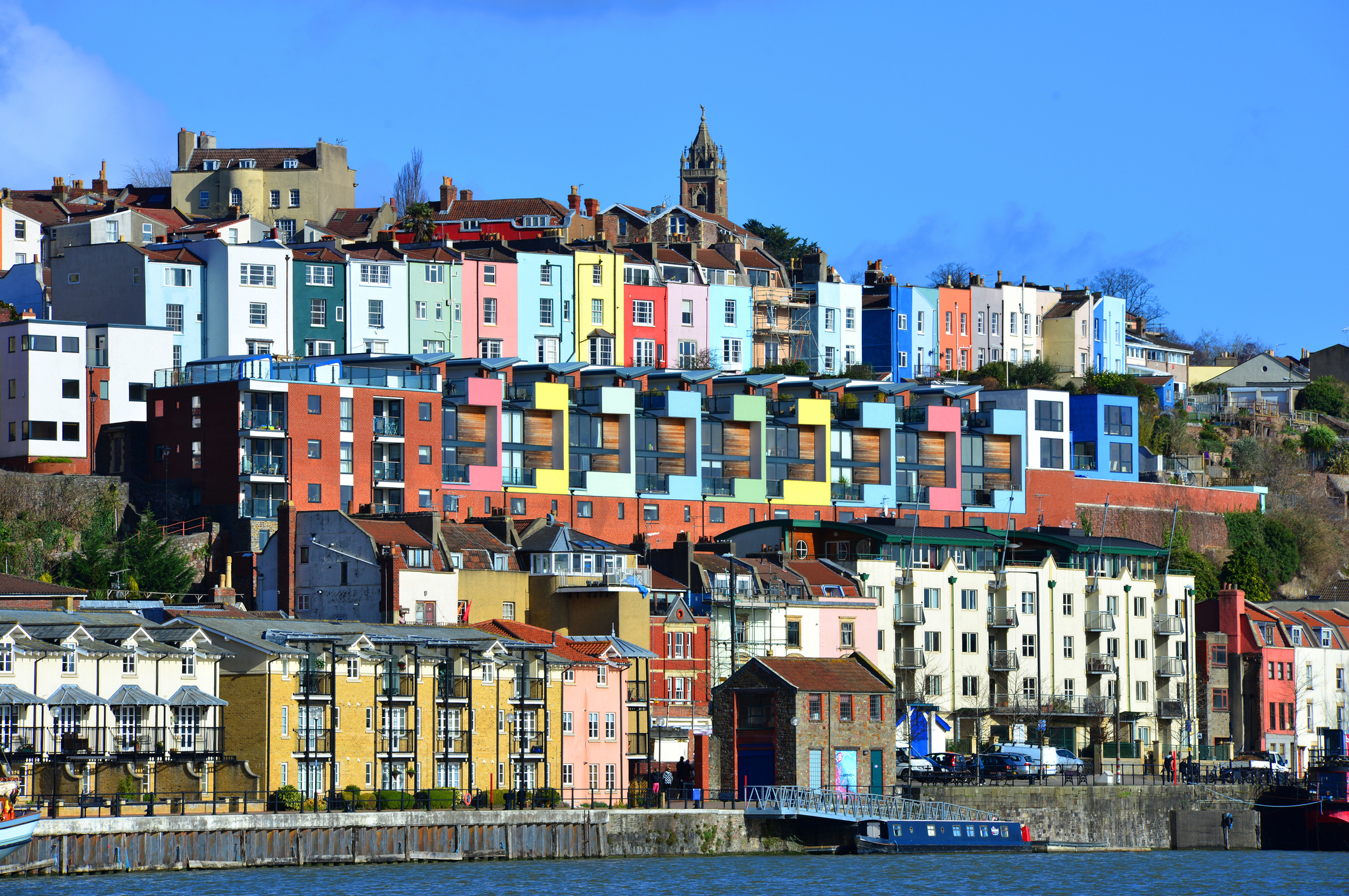
There are few subjects that fascinate Brits more than house prices.
As a nation, we are somewhat obsessed with home ownership, and our interest in the value of our bricks and mortar has only grown in recent years off the back of the incredible increases seen in house prices over the past decade. (Although property prices are now starting to fall in some areas.)
There are inevitably significant regional differences across the country, with some areas enjoying more pronounced house price growth than others.
Now a new study has identified the 50 local authorities where house prices have grown the most since 2013.
The house price hotspots
New analysis of house price data by the estate agent Hamptons and MoneyMail has pinpointed the areas of the UK that have seen the most substantial price growth over the past decade.
In some cases, these locations have seen the price of a typical house more than double since 2013.
Here are the local authorities that have seen the biggest house price jumps over that period:
One of the clear takeaways from this breakdown is how well properties in the east and south-east of England have performed. In some cases, this is down to commuters moving out of London and being willing to put up with a longer trip into the office in return for more space or the chance to have a garden.
This trend only became more pronounced during the pandemic, with the rise in people working from home for at least part of the week.
What has driven house price growth?
There are plenty of factors that have driven substantial house price increases in all sorts of regions of the UK over recent years.
First and foremost has been the gap between supply and demand. It’s no secret that we have a housing shortage in the UK, with the number of new homes built consistently lagging behind the numbers needed to meet demand.
The government has previously suggested that it aims to build as many as 300,000 new homes a year, but we have never got anywhere close to that.
Demand has been further boosted by the cost of borrowing. For most of the last decade, mortgage costs have been extremely low, with the Bank of England’s base rate sat at record lows of 1% or below. Those low mortgage rates meant that significant numbers of would-be borrowers felt comfortable with taking on a mortgage.
There have also been measures from the government that provided a further boost to demand, including introducing schemes like Help to Buy, which allow buyers to purchase a home with a 5% deposit, or the stamp duty holiday, which meant many buyers were able to avoid paying the tax when purchasing a property.
What next for house prices?
However, circumstances have changed, and house prices are starting to tumble downwards.
Typical mortgage rates for example have increased, meaning higher monthly repayments. Given the high rate of inflation, and the fact we are all paying far more on all sorts of household bills, such as council tax and food shopping, households are less able to take on those higher repayments and so may put off property moves.
The Help to Buy scheme has now concluded too, with no direct replacement, so while the supply of homes is not particularly improving, demand has dropped to the point that the imbalance is less pronounced.
And that is causing house prices to fall. House prices dropped in the 12 months to March 2023 at the fastest annual pace seen since 2009, with forecasters warning there may be further reductions to come.







